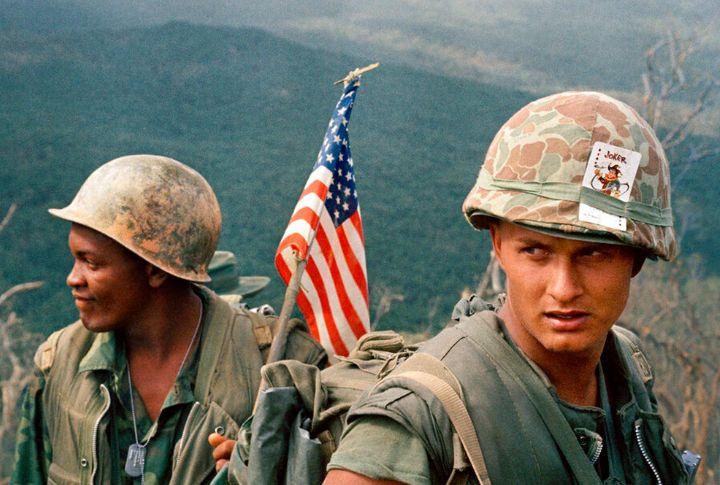
In the Vietnam War, the jungle was more than a physical barrier—it was a minefield of hidden dangers and detrimental threats. For U.S. troops, the dense vegetation offered cover for not just enemy combatants but also a host of lethal obstacles. Here are the dangerous realities of Vietnam’s jungle environment and the perils that made survival a daily battle.
Venomous Pit Vipers Lurking in the Jungle
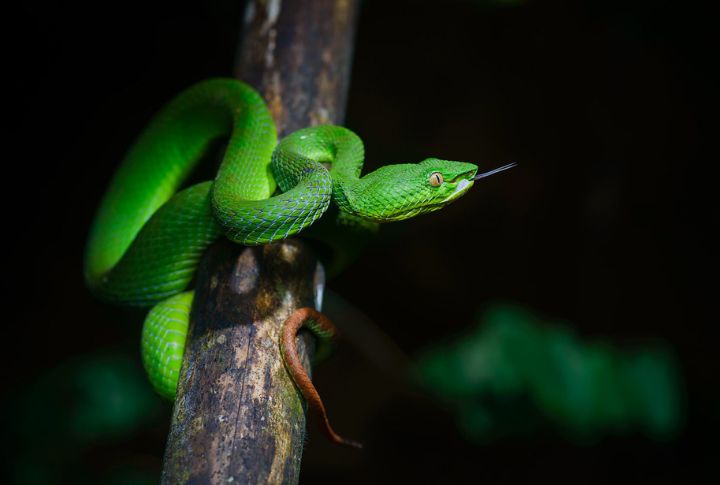
In Vietnam’s dense jungles, venomous pit vipers lurked with deadly precision. These snakes, equipped with heat-sensing organs, could strike with chilling accuracy even in pitch-black darkness. Navigating through the thick foliage, they faced the constant threat of a venomous bite—powerful enough to be fatal.
The Veiled Threat of Jungle Tigers

When night fell in the jungle, tigers, once common in Vietnam, posed significant trouble to American forces. They became nearly impossible to detect with a stealthy approach until it was too late. In fact, during the Vietnam War, there were documented cases of tigers stalking and attacking them, particularly those on night patrol or isolated from their units.
Hidden Punji Stick Pitfalls
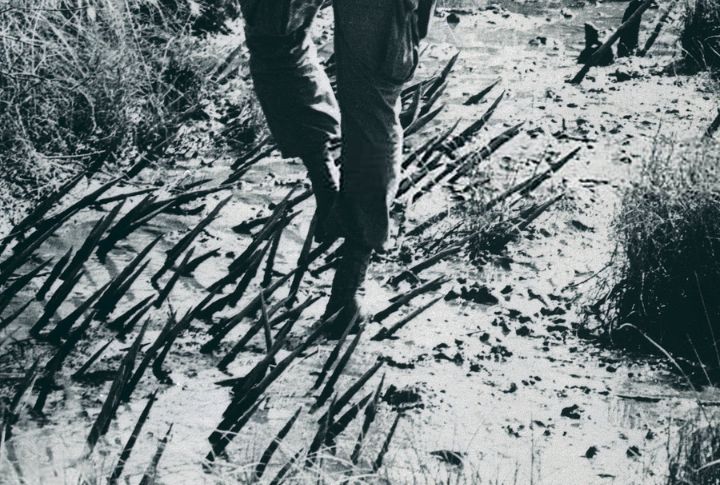
Moving through the dense terrain, soldiers had to watch every step. Punji sticks, sharpened bamboo stakes concealed in pits, were a pernicious trap set by the Viet Cong. Those who stepped on these camouflaged traps faced severe injuries, at times leading to infection or even death.
Ferocious Weaver Ants on the Attack
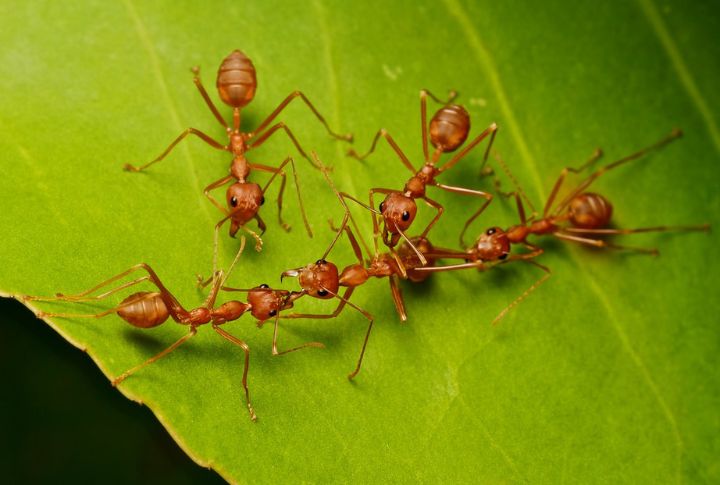
Weaver ants, nicknamed “communist ants” were another menace in the jungle. Anything that disturbed the nests would be met with a ferocious swarm of biting ants; one wrong move might unleash chaos. Their bites, while not toxic, were extremely painful and could leave these people debilitated.
Bloodsucking Leeches in the Wetlands
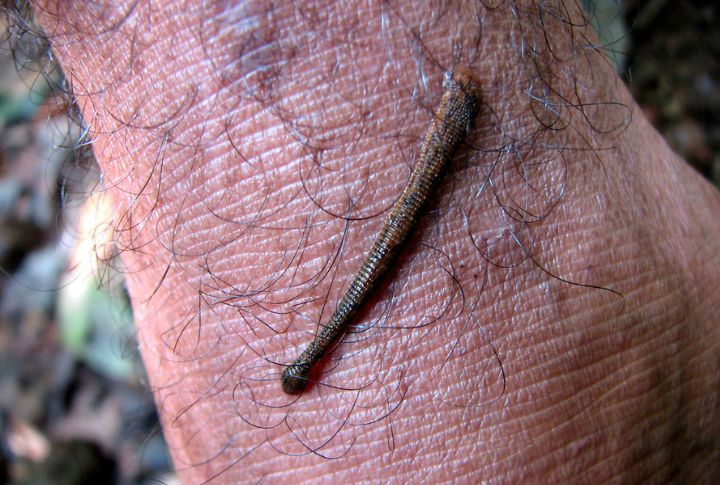
In the wet and humid environment of Vietnam’s forests, leeches—a soldier’s worst nightmare—might lurk in the water. Capable of latching onto any body part, these bloodsuckers were challenging to remove. Frequently, they had to be burned off to ensure they didn’t leave parts behind, which could cause infection.
Tangling with “Wait-a-Minute” Vines
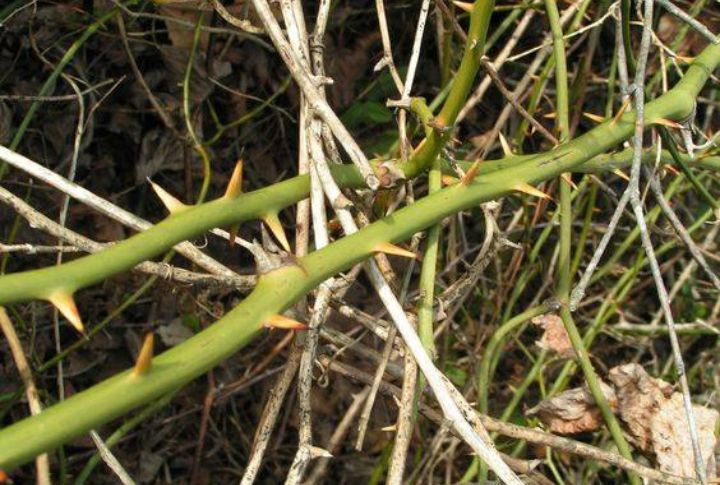
The “wait-a-minute” vine, with long, thorny tendrils, would grab onto people as they moved through the jungle. They regularly found their progress hindered by these vines that could tear clothing and skin, sometimes trapping them. Many units risked getting caught in these vines to avoid more deadly traps like tripwires.
Malaria-Spreading Mosquitoes
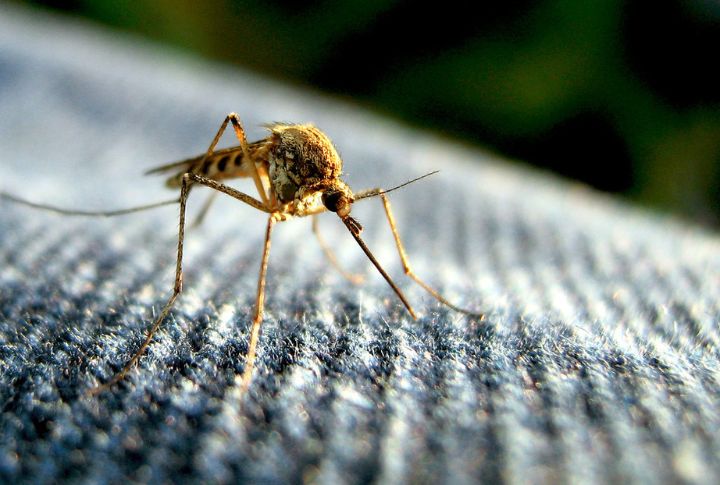
In the Vietnam jungle, the ominous buzzing often meant that small yet lethal mosquitoes were nearby. Malaria, transmitted by these insects, claimed countless lives. They had to deal with the constant buzzing and biting, knowing each bite could turn fatal. Despite preventive measures, many still contracted the disease.
Toxic Funnel Web Spider Bites
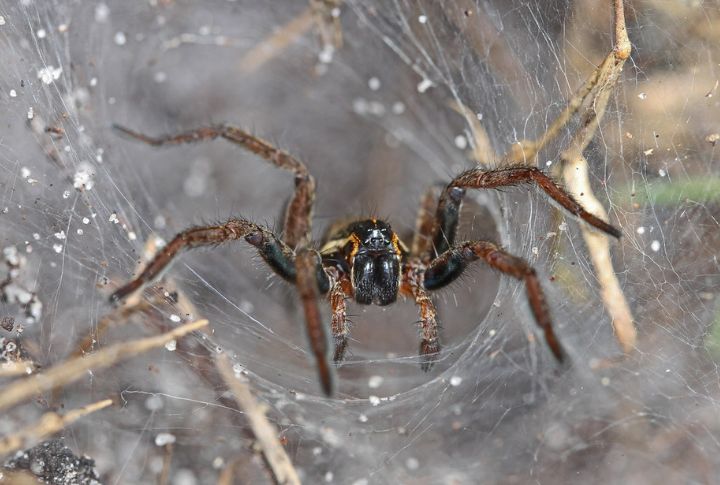
Every step in the jungle carried the risk of an obscured danger: Vietnamese funnel web spiders. With sharp fangs, these spiders could bite through clothing and shoes. Their venom was potentially fatal, and their presence in the dense undergrowth made every step risky.
Crocodile Encounters in the Water
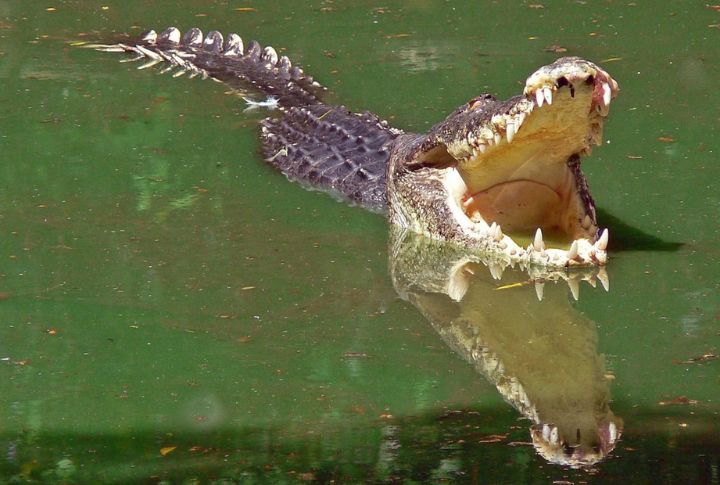
Crossing rivers in Vietnam meant more than dodging bullets—crocodiles lurked beneath the surface, particularly the massive saltwater variety. These stealthy predators could reach 23 feet long and strike without warning, pulling soldiers under in seconds. The constant fear of an unseen attack made river crossings a harrowing experience for American forces.
Hidden Dangers in Viet Cong Tunnels
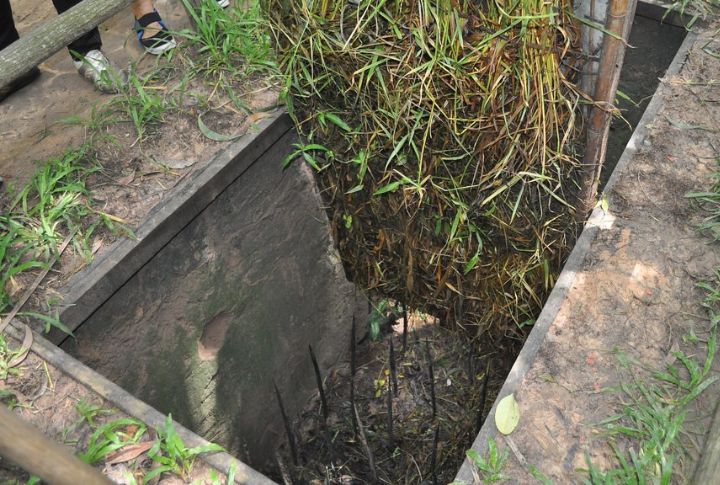
Underground, the dangers were just as harmful as those above. The Viet Cong’s tunnels were not just escape routes—they were filled with dangerous traps. Soldiers known as “tunnel rats” had the dangerous job of clearing these tunnels, routinely facing baited traps like grenades or poisonous snakes placed by the opposition.
Giant Scorpions in the Shadows
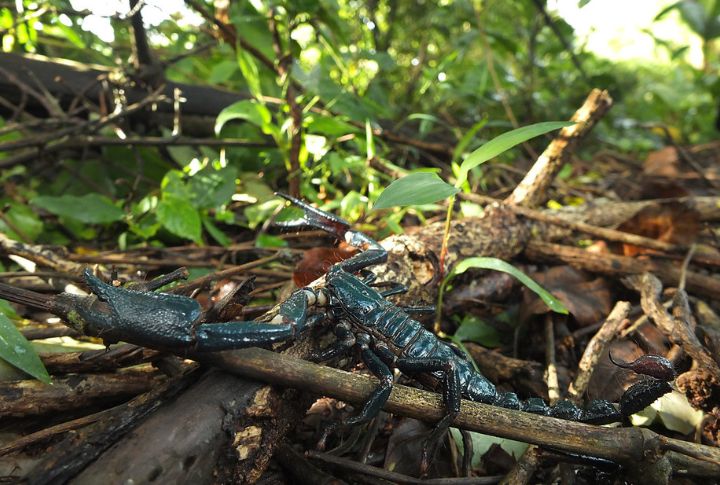
Danger lurked in the dark corners where scorpions, especially the Vietnamese giant forest scorpion, grew up to 4.7 inches long and were known for their aggressive nature. They were poised to attack without warning, and their sting was intensely agonizing. Their venom could cause paralysis, so combatants had to remain vigilant, as scorpions concealed themselves in dark, cramped spaces, ready to ambush.

